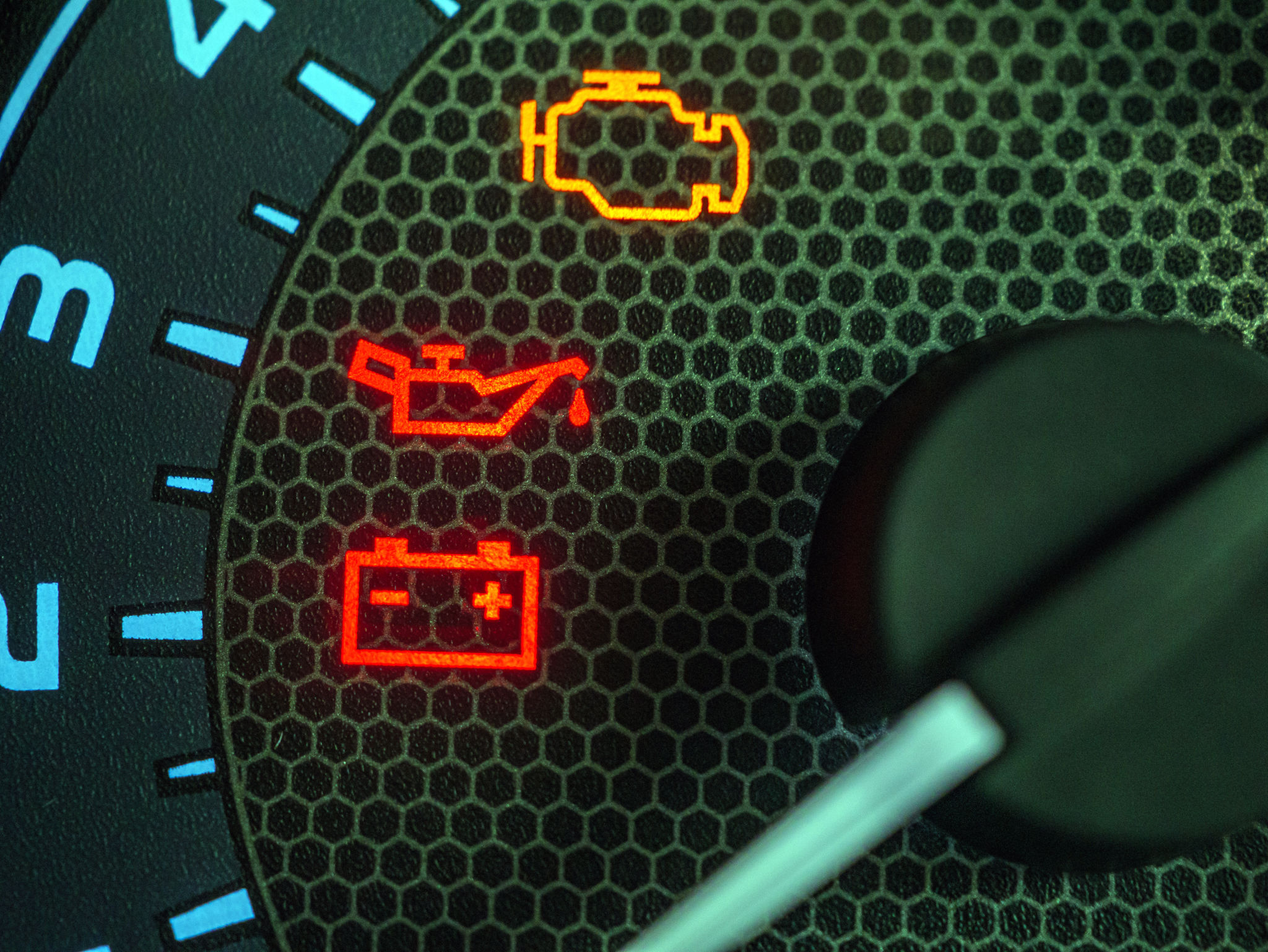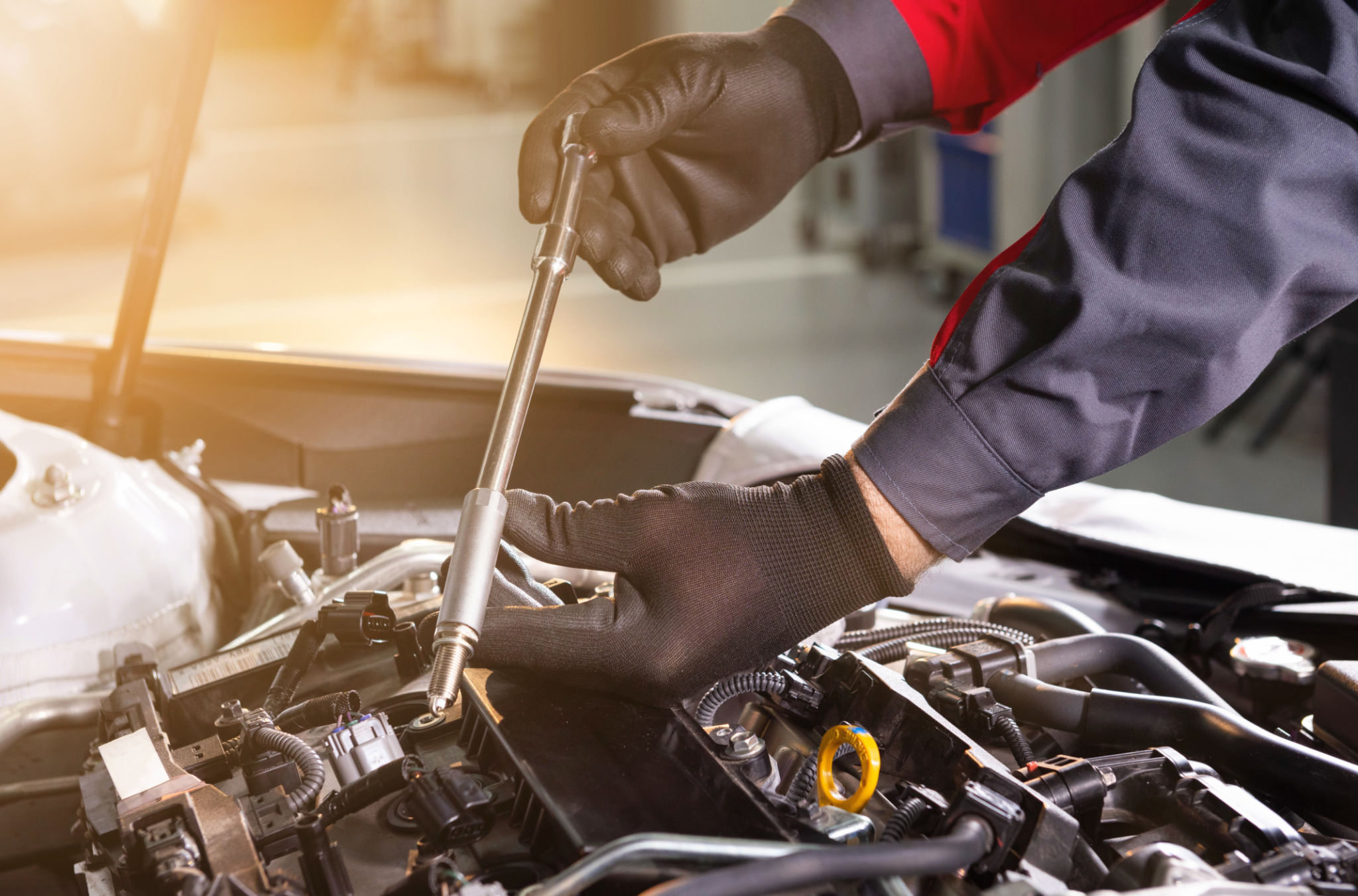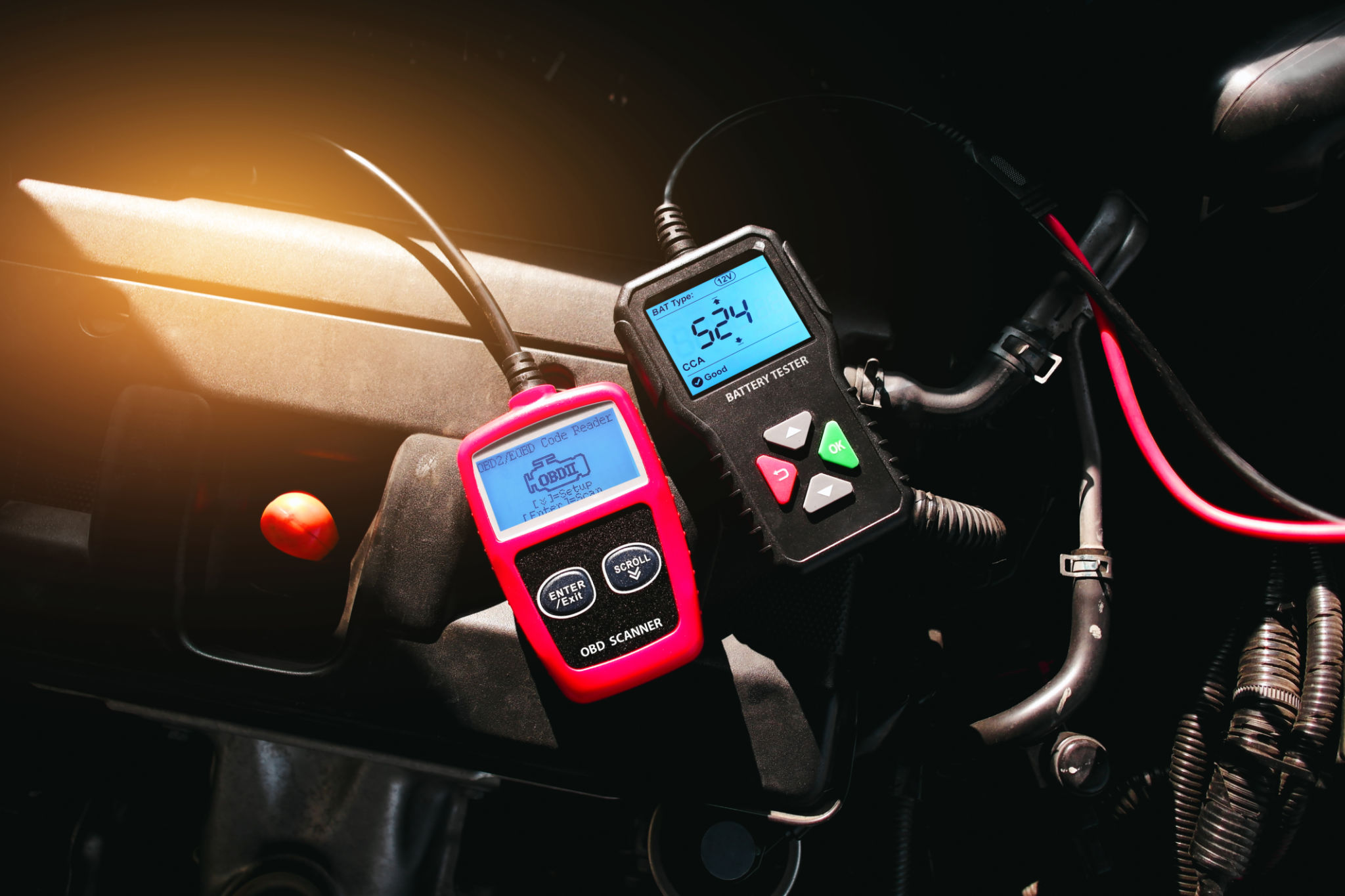DIY Tips for Diagnosing Dashboard Light Issues Before Visiting a Bristol Expert
Understanding Your Dashboard Lights
Your car's dashboard lights serve as an essential communication tool between you and your vehicle, alerting you to potential issues or simply providing status updates. Before you panic at the sight of an unexpected light, take a moment to understand what it might mean. Familiarizing yourself with the basic colors and symbols can save you time and stress.
Typically, dashboard lights are color-coded: red indicates a serious issue requiring immediate attention, yellow or orange suggests a problem that needs to be addressed soon, and green or blue lights usually indicate system status or activity without any immediate risk.

Consult Your Vehicle's Manual
The first step in diagnosing dashboard light issues is consulting your vehicle’s owner manual. This invaluable resource is tailored to your specific model and provides a comprehensive guide to each warning light. The manual will help you decipher whether the light indicates something minor, like a low fuel warning, or something more significant like an engine malfunction.
If you've misplaced your manual, many automakers provide digital copies online, so check the manufacturer's website for a downloadable version. Having access to this guide can empower you to address simple issues on your own.
Check for Common Issues
Once you've identified the light using your manual, inspect some common areas that may be causing the alert. For instance, a check engine light could mean anything from a loose gas cap to something more complex. Ensure your gas cap is tightly secured as this is a frequent cause of check engine lights.

For other lights, like the tire pressure warning, physically inspect your tires for signs of deflation or damage. In cases of battery alerts, check the battery terminals for corrosion or loose connections. These straightforward checks can often resolve the issue without further intervention.
Utilize Diagnostic Tools
If the issue persists, consider using a diagnostic tool, such as an OBD-II scanner. These devices can be purchased or rented from auto parts stores and provide a readout of error codes that tell you more about what might be wrong. This can be especially helpful in narrowing down the cause of complex issues.
By understanding these codes, you can decide whether it's something you can address yourself or if it's time to visit a professional mechanic in Bristol for further assistance.

When to Seek Professional Help
If you're unable to resolve the dashboard light issue yourself, it's wise to seek professional assistance. Some problems require specialized tools or expertise that only a certified mechanic can provide. Ignoring persistent warning lights can lead to more significant issues and costly repairs in the future.
In Bristol, there are many skilled professionals equipped to handle complex automotive diagnostics. Choose a reputable service center with experienced technicians who can swiftly and accurately diagnose and repair the problem.
Preventive Maintenance Tips
A proactive approach to vehicle maintenance can help prevent dashboard light issues from arising in the first place. Regularly scheduled service checks, timely oil changes, and routine inspections of essential components like brakes and tires are crucial.
Engaging in preventive maintenance not only extends the lifespan of your vehicle but also ensures safer driving conditions. Keep a log of all service activities and be attentive to any changes in your vehicle's performance.

Conclusion
Being equipped with the knowledge to diagnose dashboard light issues can save you time and stress. By understanding the significance behind different lights, consulting your manual, and utilizing diagnostic tools, you can often tackle minor problems independently.
However, don't hesitate to contact a Bristol expert when faced with persistent or complex issues. Regular maintenance and timely interventions are key to keeping your vehicle running smoothly and efficiently.
